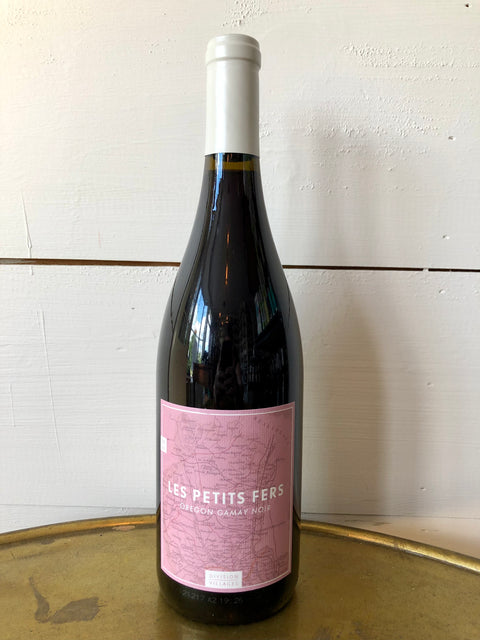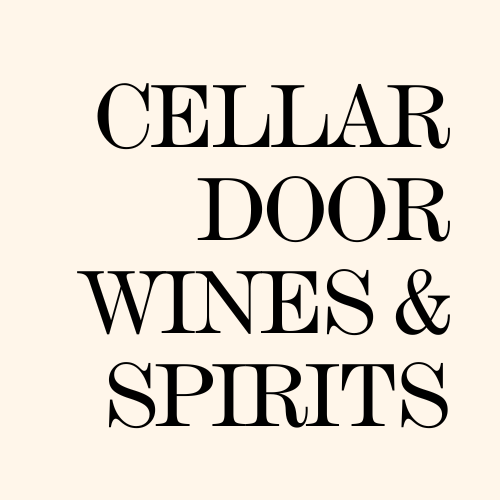
Division Winemaking Company, Division-Villages Gamay Noir Les Petit Fers 2021
Grower: Division Winemaking Company
Region: Portland, Oregon
Grape Varieties: Gamay Noir
Viticulture: Organic
Category: Red
Size: 750ml bottle
Division Winemaking Company is Portland, Oregon based urban winery founded in 2010 by Kate Norris and Thomas Monroe. Inspired by the wineries of Loire, Beaujolais, Burgundy, and the Northern Rhône (where they first learned winemaking and viticulture), Division crafts approachable and balanced wines though minimal manipulation. Tom and Kate have a passion to work with well-farmed, terroir-expressive vineyards, many of which are organic and/or biodynamic, celebrating the varietals the winemakers loves to drink. Division Winemaking Company includes the flagship Division label, the more approachable Division-Villages label, the Gamine label, inspired by the Rhone Valley and a personal expression of co-founder Kate Norris’ love of the region, as well as the experimental Tripod Project label, a collaboration between co-winemakers Tom Monroe, Barnaby Tuttle of Teutonic Wine, and Jesse Skiles of Fausse Piste. Division Winemaking Company represents a new generation of winemakers that are looking beyond the status quo to create unique styles of wine, with a purpose, a story and without barriers.
The Gamay Noir grape, which hails from the Beaujolais region and also flourishes in the Loire Valley of France, has witnessed a rapid popularization in growth in the U.S. over recent years. A fact that that makes us very happy as Gamay is now such a large part of our production (second only to Pinot noir!).
The Eola-Amity Hills AVA in the Willamette Valley has anchored most of our Gamay vines since we made our first wine in 2011. The region features a mix of soils that are mostly volcanic clay with some marine sedimentary overlay (the Methven site). The vineyards on the top and western slopes of the Eola-Amity Hills and the component from Rebecca's Vineyard in the Umpqua AVA share some commonalities that make them excellent for growing Gamay, including the effect of coastal weather - with vineyard facing mountain corridors that pull in cool coastal air in the evenings - dropping the warm daytime ripening temperatures and helping the vines retain acidity.
We fell hard for the carbonic maceration fermentation technique while learning about and making wine in the Beaujolais region. Carbonic Maceration involves fermenting the wines fully on the stems in a closed vessel that is initially inundated with co2 that macerates the grape skins by mostly using the co2 to enzymatically extract color, phenolics, and flavors.
